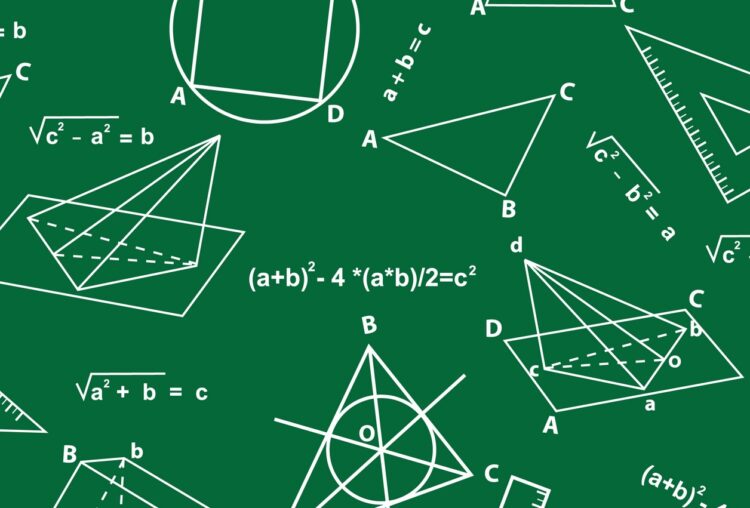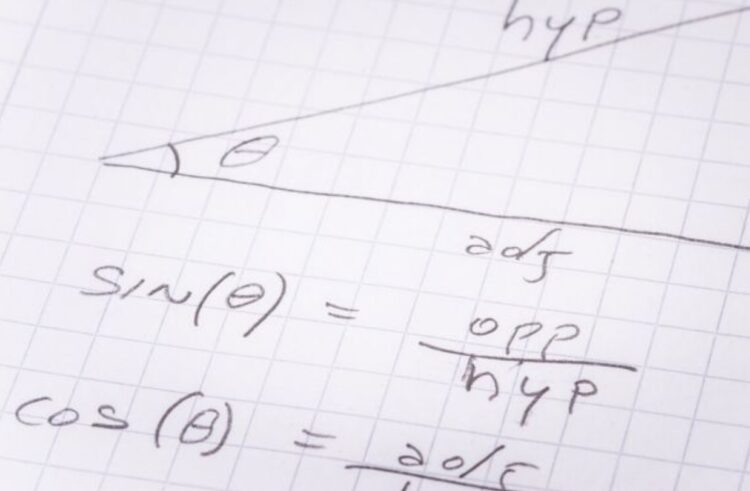
As you already know, trigonometry is a branch of mathematics that focuses on studying triangles. Although it might look completely daunting, complex, and difficult when you first come across it, you could be able to easily comprehend it – if you deal with it in the right way.
It’ll require you to practice different things such as algebraic manipulations and solving quadratic and linear equations, which is why you might be wondering – are there some tips & tricks that could help me with solving trigonometry problems quickly? Simply said, there are, and those tips and tricks are exactly what we’ll discuss today. Let’s take a look:

1. Before Anything Else, Learn The Terminology
Before you look at any other tip from the list below, the first thing that you must do is to learn the basic terminology. Why? Well, firstly it will help you with understanding the question of the task, and second, it’ll assist you with determining what you’ll have to do in order to solve the assignment. The most common terms include:
– A Right Angled Triangle – basically any type of triangle that has one 90° angle.
– The Adjacent – this is the side positioned next to the angle of the triangle.
– The Opposite – when your working with a right-angled triangle or ratios, the opposite side is always opposite to the angle.
– Hypotenuse – which is the longest side and it is opposite of the right angle of a triangle.
– Ratio – the connection between the two numbers implying how many times the first number contains the second one.
2. Comprehend All The Ratios
You must understand the ratios which are referred to as cosine, sine, and tangent. When you do, you’ll want to try solving as many different assignments as you can. The cosine is a ratio that defines the adjacent side divided by the longest side, the hypotenuse. The sine is defined as the opposite side divided by the longest, while the tangent is the opposite side, divided by the adjacent one.

3. Learn How to Utilize a Calculator
In most cases, you’ll need the help of a calculator to find the ratios. Although you’ll need and want to you it, you should not heavily rely on it, meaning that you’ll have to know what those specific angles are. Hence, you might want to try solving as many assignments without using the calculator.
4. Always Start Easy With The Easy Assignments
When your working on your questions, you should definitely start with the easier ones and then move on to solving the ones that are more complex. Firstly, this will allow you to understand the entire concept you’ll be required to use for the harder questions, which means that you might be able to solve them faster as well.

5. Read Different Guides And Tutorials
Thankfully, the Internet is full of useful guides and tutorials, which means that you could use them for understanding trigonometry better. For example, if you are studying a unit circle at the moment, you could check out trigidentities.info for their detailed guide on everything that you’ll need to know.
By going through such guides, you’ll be able to better comprehend the entire topic, which means that you’ll be able to solve easy and difficult assignments, but more importantly, you’ll be able to do it faster than you usually would. Keep in mind, whenever you don’t know something, you should learn it, especially since this will allow you to solve your assignments.
6. Everything Needs to Be Expressed in Cosine And Sine
When it comes to both sides of your equation, you’ll want to express everything in since and cosine. Why should you choose to do this? Well, by doing so, you’ll be able to make a system for both sides, hence, you’ll be able to easily compare one of the sides to the other one in question.

7. Diagrams Could Help a Lot
When there is a problem that needs solving, you could always try to understand it better by drawing a diagram. So, when you are working on a specific task, you should always draw diagrams that will help you determine what you’ll need to do in order to solve the problem.
8. Always Mark Everything
When you start working on a task, you should definitely choose to mark everything. So, you should clearly mark the angles, and don’t forget to add the size of the angles and the side lengths. This combined with the previously mentioned diagram will help you solve the assignment you have.

9. Read The Assignment Carefully And Entirely
You’ll be solving a lot of assignments, which is why you might develop a tendency to prove LHS = RHS whenever you see the word ‘trigonometry’. However, this is something that you need to stop doing. Why should you stop doing this when you can solve the task quickly?
Well, just because it says ‘trigonometry’ it does not mean that you’ll actually need to do something connected to it. Hence, instead of rushing and trying to solve a particular issue quickly, read the question and entire assignment carefully. This will ensure that you’ll know what you need to do – if not, you might make a mistake.
10. Practice is The Key
Last on our list, but not least important is the fact that you’ll need to practice as much as you can. Trigonometry is quite difficult, especially if you don’t understand it completely, which is why you need to focus on solving as many assignments as you can. Additionally, doing this will also help you with solving tasks quicker.

Conclusion
Trigonometry is a branch of mathematics that most individuals have difficulties with. However, if you choose to follow some or all of the tips mentioned above, you’ll be able to understand the entire concept better, but more importantly, you’ll be able to solve all your assignments in a timely manner.
So, now that you’re aware of all the things that could help you with learning trigonometry, you might not want to lose any more of your time. Instead, you should return to the beginning of the list, and start with the first thing we mentioned – which is ensuring that you know all the terminology you’ll surely come across.











